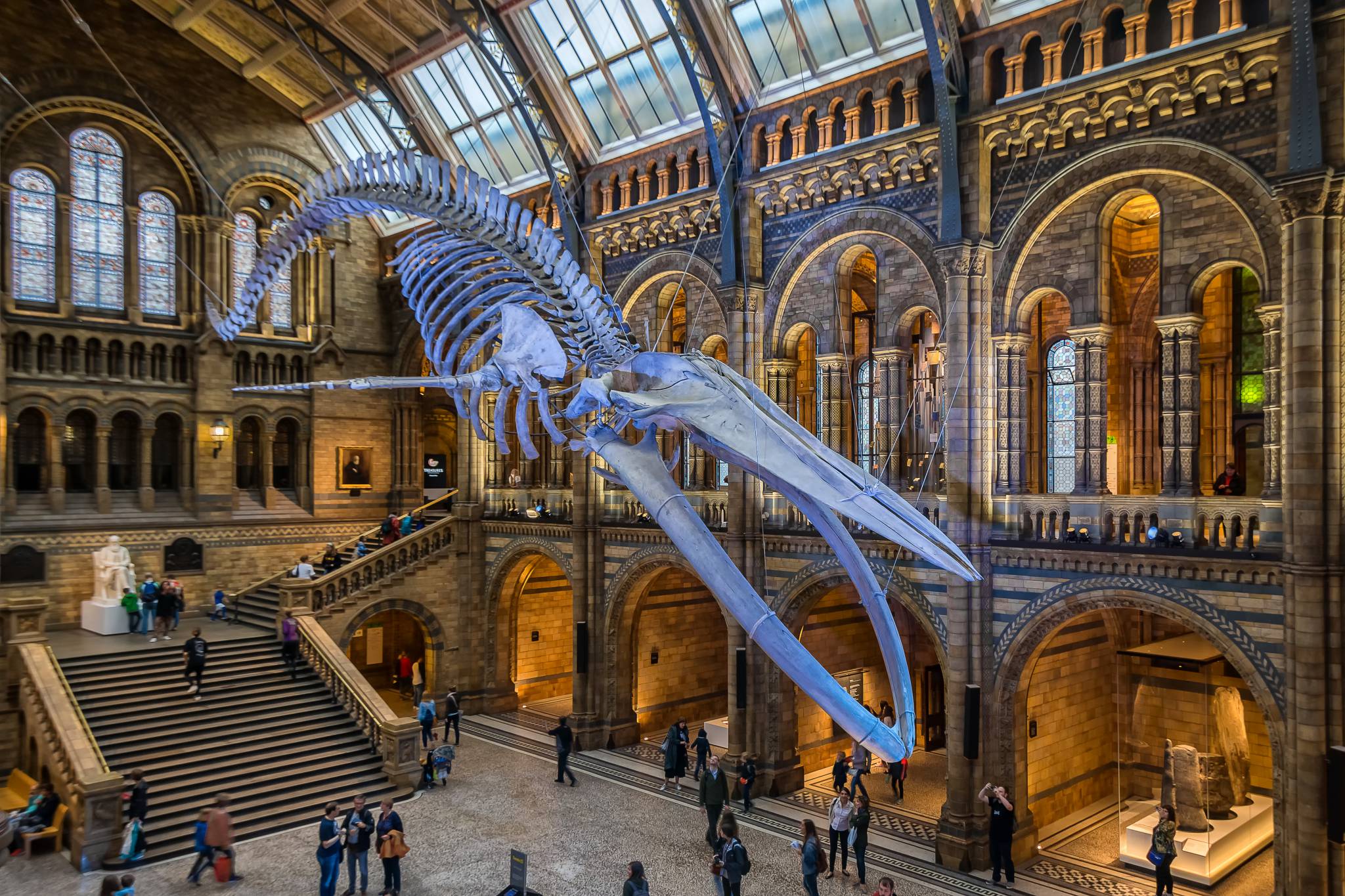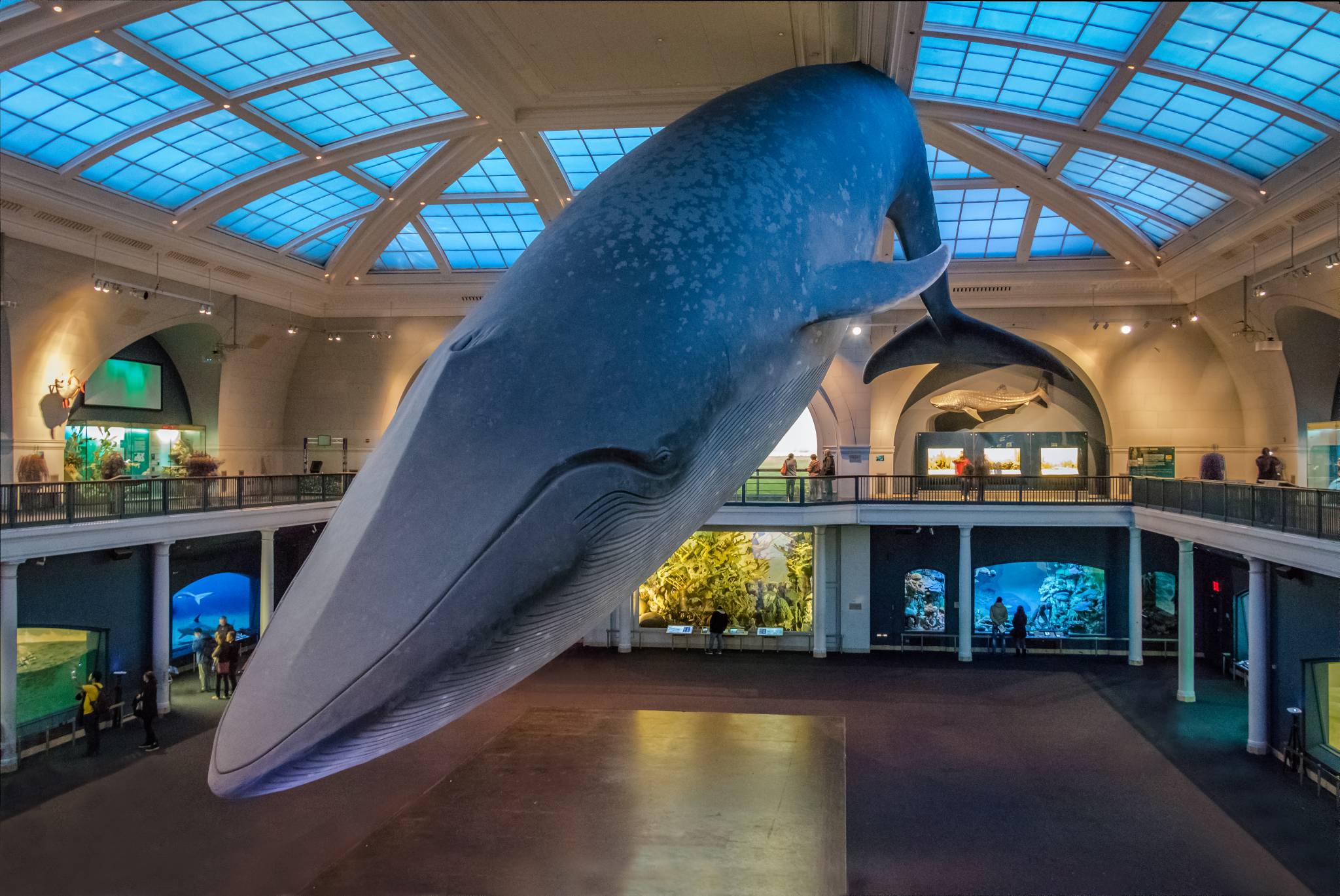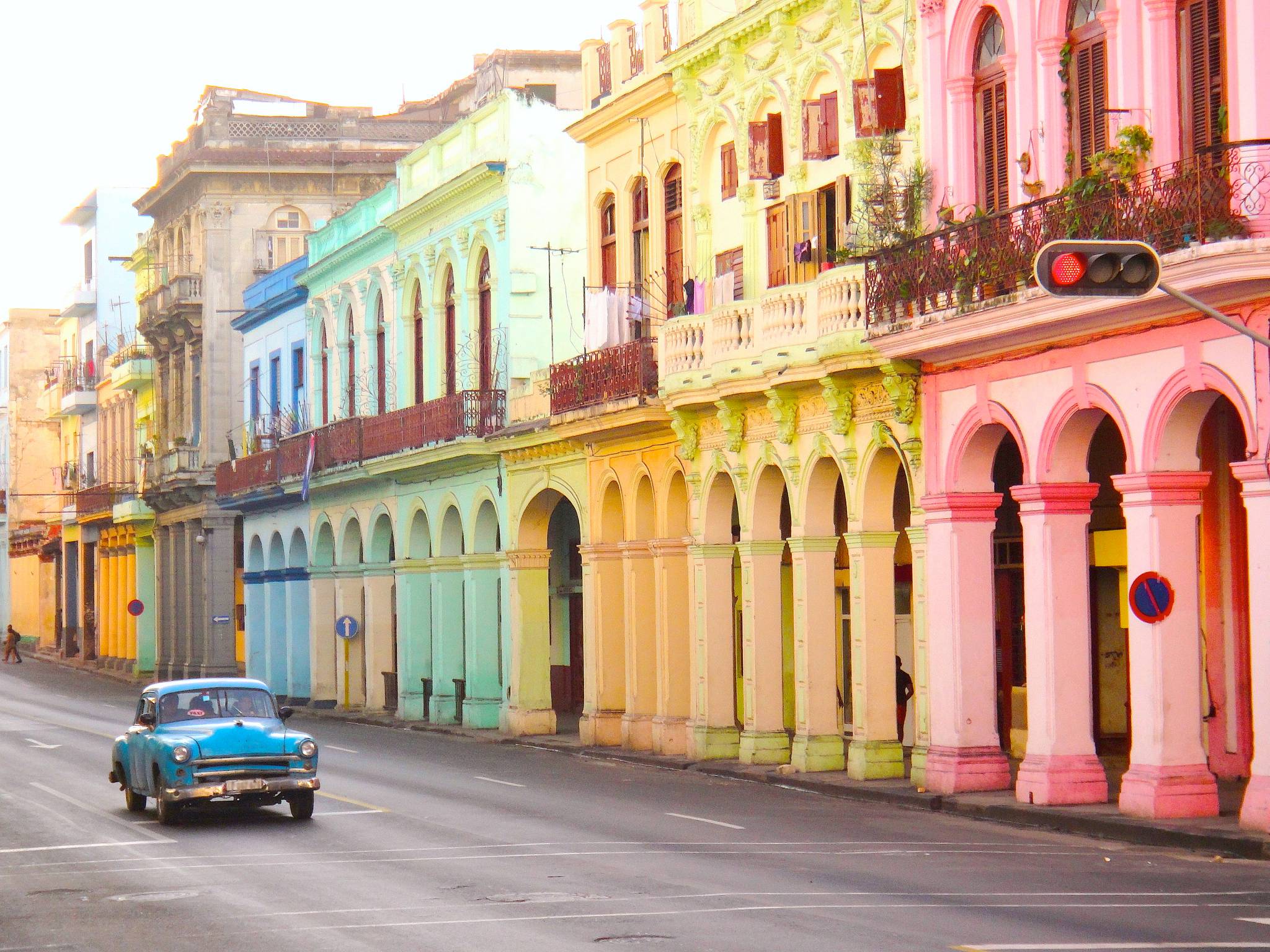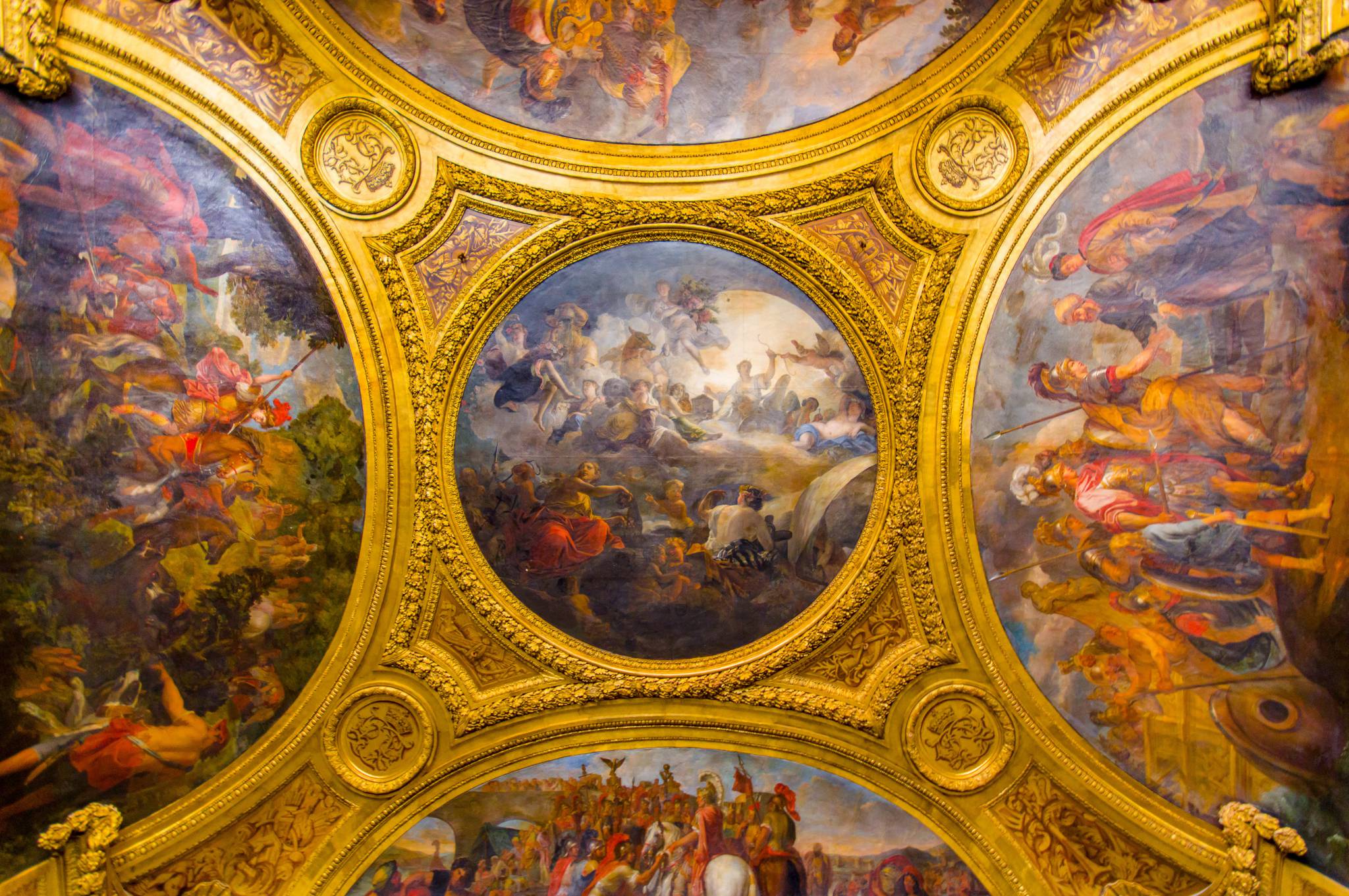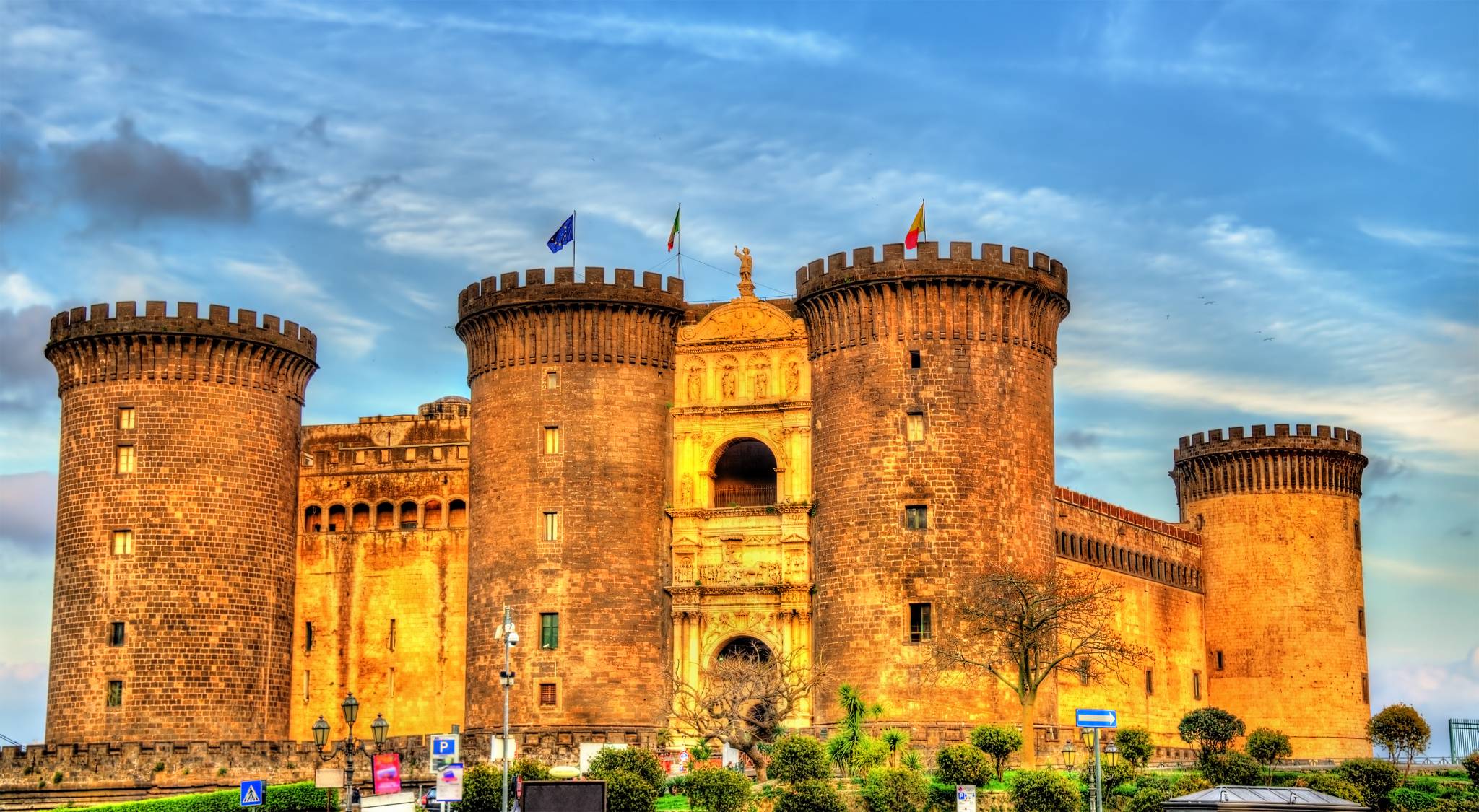As one of the three major museums on Exhibition Road, its exhibits focus on a vast range of specimens from various segments of natural history. The museum comprises of 80 million items within five major collections: botany, entomology, mineralogy, paleontology, and zoology. It is also a center of research specializing in taxonomy, identification, and conservation. Discover mother nature’s beauty with the Natural History Museum Travel Guide and Offline Map.
1. Origins
The first floor exhibits showcase the origins of species and explores natural selection and Darwin’s theories. ‘Our Place in Evolution’ exhibits the remains of “Lucy”, the Australopithecus discovered in Ethiopia in 1974 and believed to be between 1.5 and five million years old. While the Mineral Gallery contains some 130,000 specimens representing some 75 percent of the world’s known minerals.
2. Mammals
There is also a section that is dedicated to mammals which includes a 91-foot-long life-sized cast of a blue whale as well as casts of extinct mammals. The lower floor showcases land mammals, including elephants, hippos, giraffes, and their early relatives. And the lastly, the upper level is dedicated for mammals living in water.
3. Earth
The gallery focuses on an extensive collection of material on the geology and minerals of the world. There are lectures and film shows on particular subjects. In the main hall, stands a six-feet diameter rotating globe that serves as the museum’s purpose to the the story of the Earth. The gallery also includes a simulation of an earthquake and a collection of gems.
Learn more about other destinations that offer unique experiences by checking out eTips.




